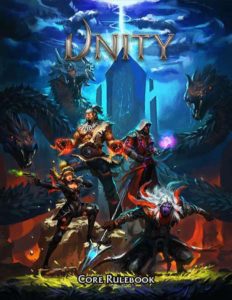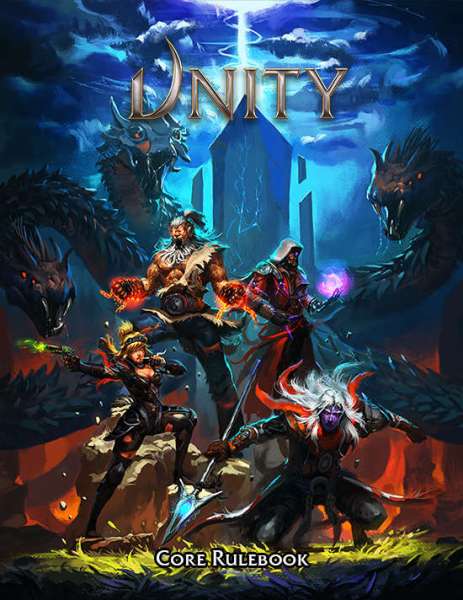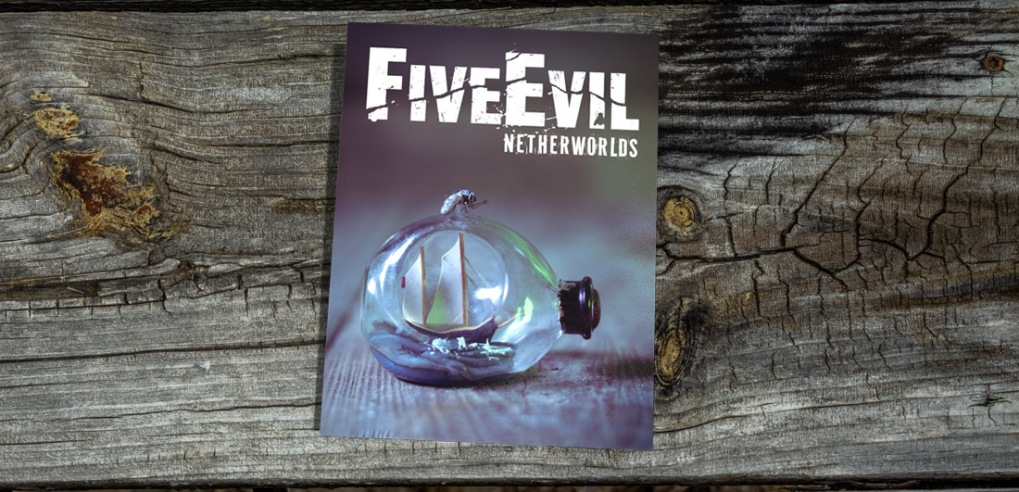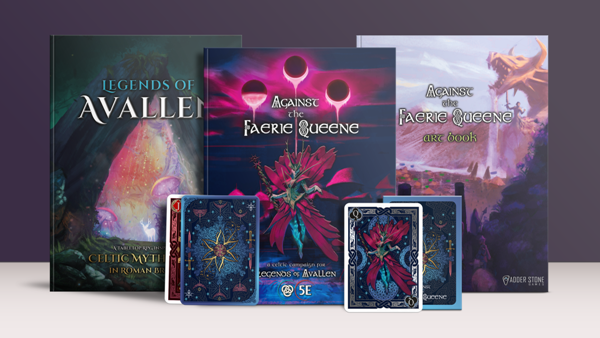
Unity
Unity is a dark fantasy role-playing game written by Anson Tran, published by Zensara Studios, and distributed by Modiphius Entertainment.
By Aaron T. Huss

Learn more about Unity here
Purchase Unity here
Find other Unity posts here
Unity is a dark fantasy RPG that is new and unique and somewhat familiar at the same time. The setting background is not really anything new, but it has its own uniqueness to it. It features an epic fantasy world that grows and thrives and then is all-but torn apart (not physically) by some type of world-changing event. For Unity, you find a group of humanoid races all created in a slightly different fashion by the gods who age together and then discover war, which angers the creators. In fact, the god leaves, the people kill the goddess, the god returns, gets really pissed off at the people and unleashes hell, and the world falls into chaos and disorder. Leading to the dark fantasy aspects of the setting. Don’t get me wrong, this is a cool way to generate the timeline leading to a dark fantasy setting and I rather enjoyed it; but it falls along those new but familiar lines.
Now you have a world struck by chaos and disorder with lots of wicked monsters out there that will kill you in a breath. The three original humanoid races remain alongside a new fourth one that resulted from the the god tearing the world apart (again, not physically). The four races are: a dark elf-like race, a rakshasa-like race, humans, and a diseased raced called the afflicted. Definitely cool; these four races are perfect ways of connecting the dark fantasy mood to in-game play, beginning with character creation. Especially the afflicted as they are a constant reminder of the world’s recent past.
From here, things get interesting.
Unity utilizes a mechanical system that is unique and familiar at the same time. For starters, it is an attribute-only system where all actions related to an attribute (i.e. no skills) and secondary stats are created using those same attributes. You roll 2d10, add the results, add the applicable attribute’s value, add bonuses, and compare to a target number. If you rolled over the TN, you succeed. Nothing revolutionary, but it’s a nice clean resolution method that works well on other systems and should work well in Unity. I personally prefer 2d10 over d20, so I applaud that mechanic.
Here’s the interesting part…
Characters a combination of a race, class, and background. The races are as mentioned above. Classes, however, drive what your character can do. Yes the choices are very homogeneous with the dark fantasy setting, which is another feature I really like, but every combat move pertaining to each class is a power. Yes, a power; not a bonus, a power. They are magic-like with descriptive effects and mechanics. Where have I seen that before…? Then you look at the character advancement table. Each level carries a predetermined list of upgrades. Certain levels provide specific perks, bonuses, HP increases, etc. Then you look at the mechanics governing the core aspect of characters… Starting hit points are a number plus an attribute. Each class has a specific armor and weapon type they can use… Each one has a list of perks to choose from…
Why does it feel so familiar? Because Unity feels like an advancement of Dungeons & Dragons 4th Edition. Yes it has its own setting and character races and classes that pertain to that setting, but much of what’s left is like taking 4th Edition and improving certain parts of it. Improving the dice resolution and getting rid of skills (just like 5th Edition did). But otherwise characters are defined by the powers they have; each power translates to a special combat move. Perks feel like feats and the advancement table is very similar to D&D. To me, the thing that stands out the most is the reliance on powers; just like 4th Edition. Even adversaries have similar stat blocks to 4th Edition.
Before you walk away thinking this is a 4th Edition clone, know that it is not. It is definitely not a clone or anything I would consider a clone. It does, however, have many mechanics that are similar or the same as D&D 4th Edition, but it’s not compatible. You would have to do some considerable conversion, and then it wouldn’t match the setting anyway. Characters are deeply connected to the setting; this is my favorite feature of the game, but what defines a character mechanically are designed a lot like 4th Edition.
If you liked (or still like) 4th Edition Dungeons & Dragons and like dark fantasy, this is an awesome role-playing to pick-up and delve into a full campaign. If you don’t like 4th Edition, then walk away as you will likely find the same dislike in this game as you found in the other. If you are looking for something completely new and different, well you find it in the setting and how the characters are themed (as opposed to how they are represented mechanically), but not the game’s mechanics. Much of the book is given over to describing the setting, the character races, the character classes, and the horrors that walk the land. You can literally use all of this as fluff for another game system as the setting is really cool and the book contains some amazing artwork to go along with it.
In other words, use it as you see fit. Unity is an RPG that is new and unique, but familiar at the same time. You just have to decide what aspects of new and unique vs. familiar and similar are important to you.


